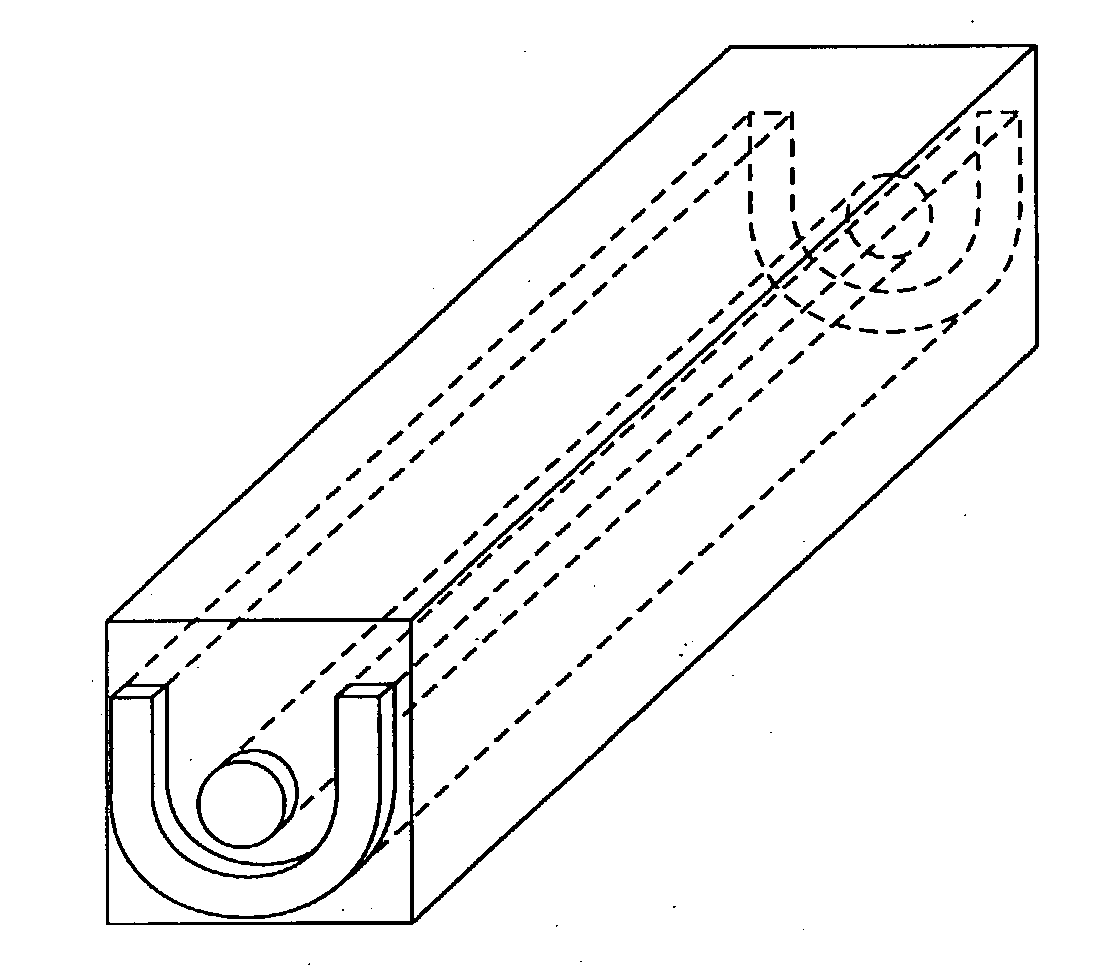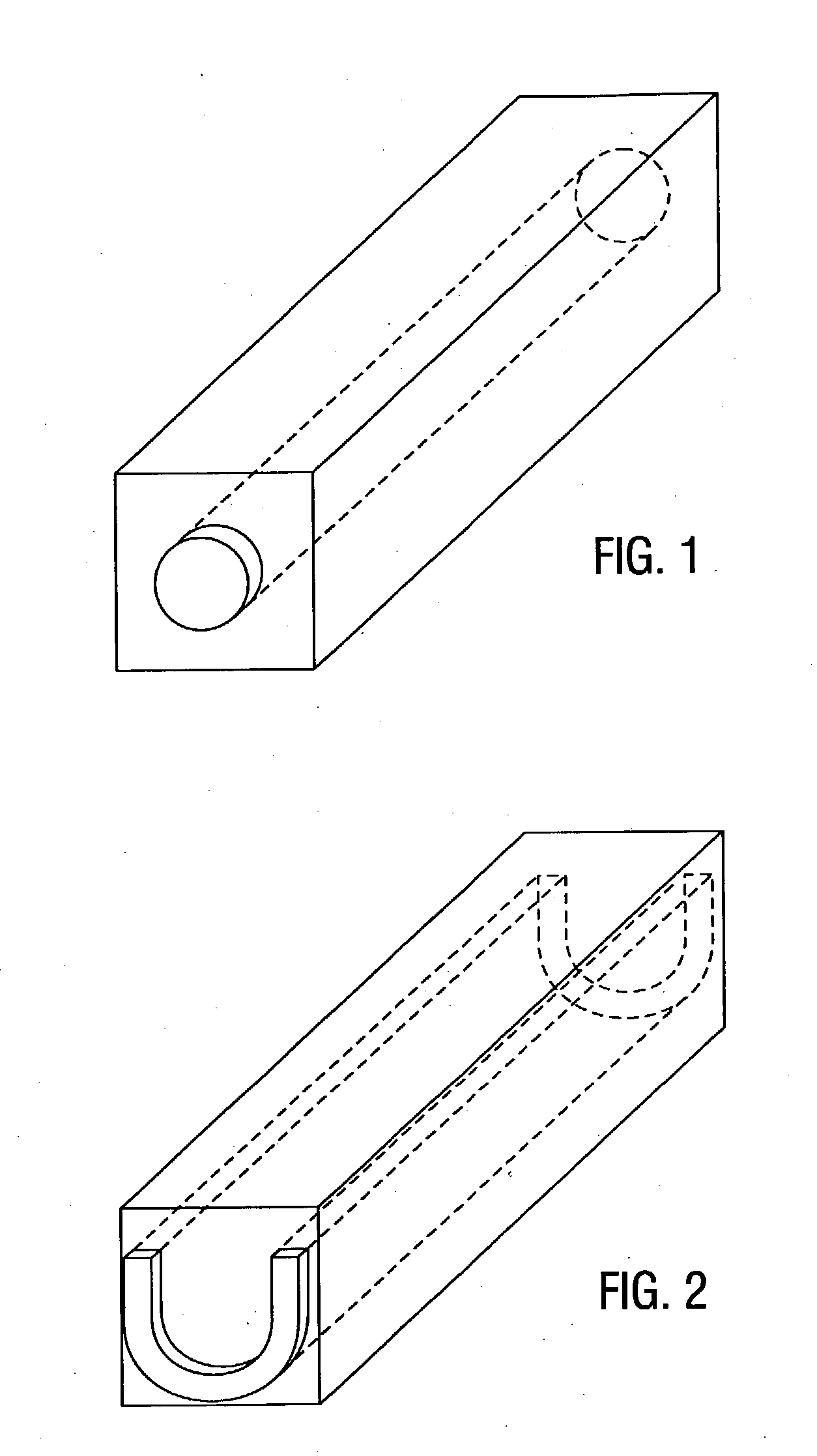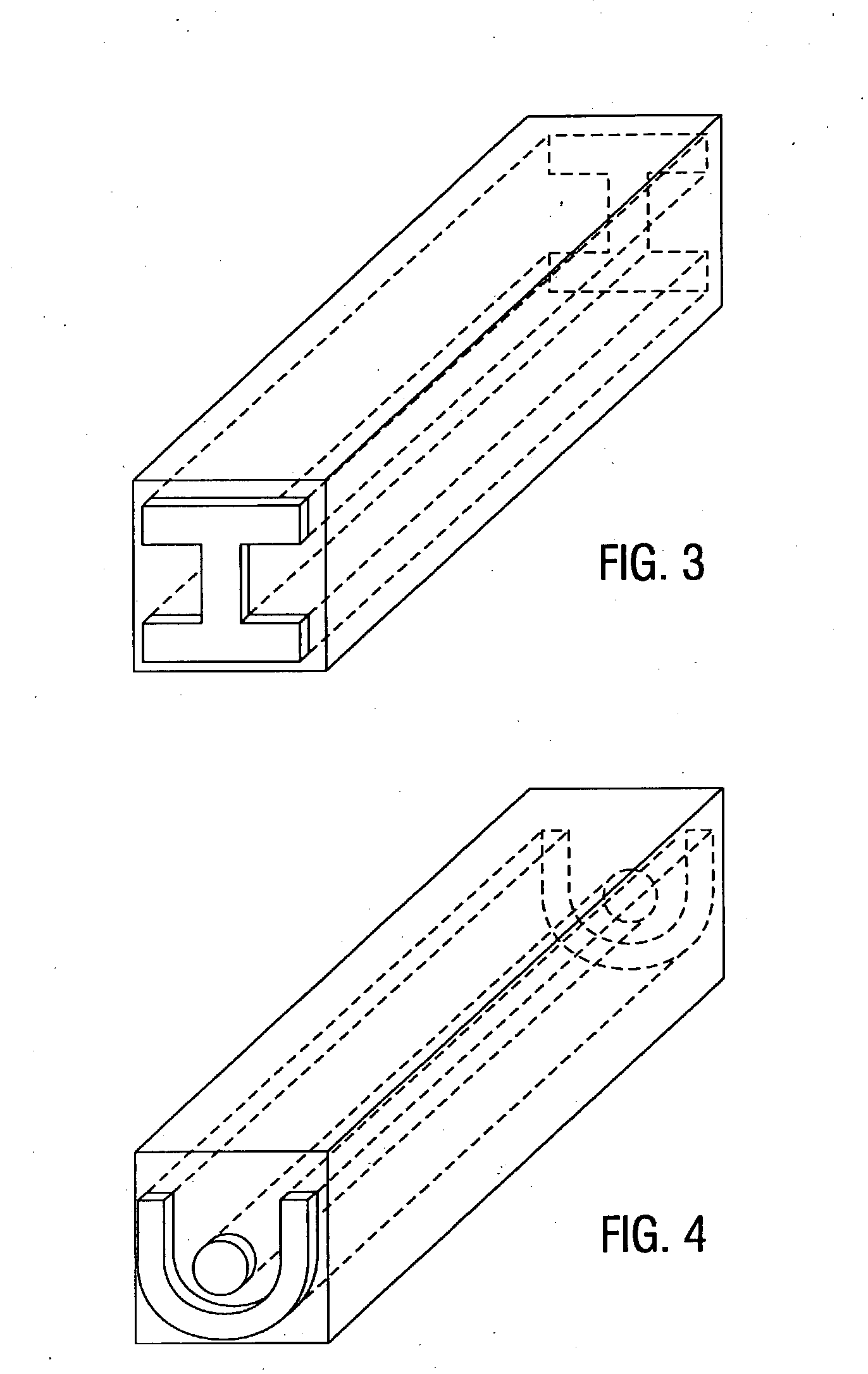Reinforced composites for use in dental restorations
a technology of dental composite materials and reinforced composite materials, which is applied in the field of reinforced dental composite materials, can solve the problems of inconvenient, expensive, and potentially painful for patients, and achieve the effects of improving flexural strength, resulting porosity, and reducing the formation of air bubbles
- Summary
- Abstract
- Description
- Claims
- Application Information
AI Technical Summary
Benefits of technology
Problems solved by technology
Method used
Image
Examples
example 1
Physical Assays of Dental Restorations
[0040] The flexural strength and elastic modulus of dental restorations can be determined according to the American National Standard / American Dental Association Specification No. 27 1993 for Resin-Based Filling Materials, as described above in the Detailed Description of the Invention. Flexural strengths are commonly measured in MPa. Elastic modulus is commonly measured in GPa.
example 2
Preparation of Reinforced Dental Composite Restorations
[0041] Carbon fibers are pressed, sintered, and / or glued together to form a fiber structure. In this Example, the fibers are pretensed prior to formation of the structure.
[0042] The fiber structure is coated with a dental bonding agent (ONE-STEP, commercially available from Bisco, Inc., Schaumburg, Ill.) to enhance adhesion of the composite resin to the fiber structure. The bonding agent is allowed to air dry, and is light cured for 10 minutes. The fiber structure is placed within a mold, and coated with a thin layer of TESCERA Body shade B1 composite resin (Bisco, Inc.; Schaumburg, Ill.). Incremental light curing of composite resin is performed in a TESCERA ATL unit (commercially available from Bisco, Inc.; Schaumburg, Ill.) under elevated heat and pressure to minimize or eliminate bubbles and resulting porosity (cured at 130 .degree. C. and 60 psig (4.2 kg / cm.sup.2)). One light / pressure cycle is used per incremental layering. ...
example 3
Evaluation of the Flexural Strengths and Elastic Modulus of Various Reinforced and Non-Reinforced Dental Restorations
[0044] Samples containing "U" bars and round rods were sliced into 30 mm lengths using an Isomet Saw with a diamond wafering blade. Materials were pretreated with ONE-STEP. The materials were coated, air dried, and light-cured for one minute in a Jeneric Pentron Light Box (Pentron Corp.; Wallingford, Conn.). This procedure was repeated three times for each sample.
[0045] Samples containing various combinations of "U" bars and round rods were prepared. A control sample of unreinforced composite was also prepared. A custom acrylic mould was used to prepare square bars for 3-point bend testing (4.5 mm square cross section). All specimens were built up in layers using the mould. Each layer was filled to approximately 1 mm in depth and processed in the TESCERA ATL unit using the light / pressure cycle. This was repeated until the last layer. After placing the final layer, the...
PUM
| Property | Measurement | Unit |
|---|---|---|
| temperature | aaaaa | aaaaa |
| pressure | aaaaa | aaaaa |
| thickness | aaaaa | aaaaa |
Abstract
Description
Claims
Application Information
 Login to View More
Login to View More - R&D
- Intellectual Property
- Life Sciences
- Materials
- Tech Scout
- Unparalleled Data Quality
- Higher Quality Content
- 60% Fewer Hallucinations
Browse by: Latest US Patents, China's latest patents, Technical Efficacy Thesaurus, Application Domain, Technology Topic, Popular Technical Reports.
© 2025 PatSnap. All rights reserved.Legal|Privacy policy|Modern Slavery Act Transparency Statement|Sitemap|About US| Contact US: help@patsnap.com



